What are the options for forming a government now?
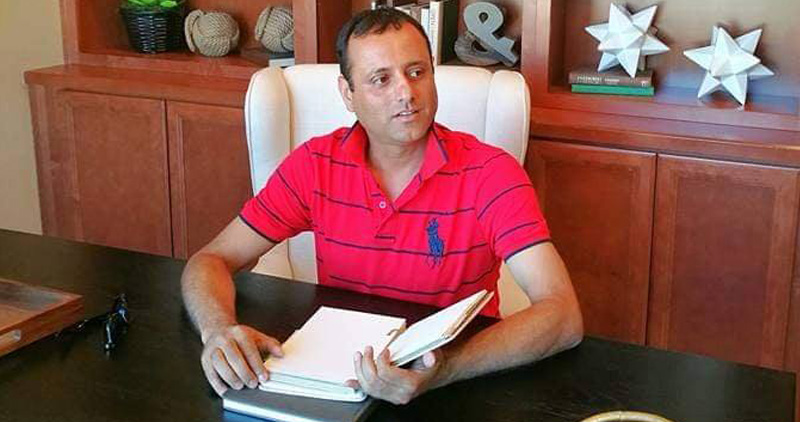
The Supreme Court has ruled that the decision of Prime Minister KP Oli to dissolve the House of Representatives was unconstitutional and ordered to convene a meeting of the House of Representatives within 13 days. According to this decision, the House of Representatives as per the constitution of Nepal has reached the stage before 2077.9.5. Now, there is a legal obligation to hold the sitting of the Parliament by 2077.11.24. On the recommendation of the Prime Minister, the President will convene the session of Parliament within the stipulated date as per the decision.
Out of the current 275 members of the House of Representatives, only 269 will participate in the voting. As Agni Sapkota is the Speaker of the 174-member CPN (Maoist), the law prohibits voting. The seat is vacant due to the death of MP Sanu Shiva. Out of the total 63 MPs of the Nepali Congress, two have been suspended. Out of the total 34, two have been suspended.
Now, the process of forming a new government is likely to begin after the parliament convenes and the Election Commission decides on the CPN (Maoist) dispute.
Following the Supreme Court ruling, Prime Minister KP Sharma Oli now has two options. First: resignation. If the prime minister resigns, the process of becoming the new prime minister begins after the parliament convenes. Second: Facing a motion of no confidence. If Prime Minister Oli does not resign, a no-confidence motion will be tabled in Parliament against him.
The CPN-Prachanda-Nepal faction has already registered a no-confidence motion in the parliament on December 20. If the petition is not approved, a new motion of no-confidence will be registered. Political parties other than the CPN (Maoist) can also bring a no-confidence motion against the Prime Minister.
In the face of a no-confidence motion in the House of Representatives, Prime Minister Oli will be the prime minister if he can get a majority in his favor. But as this is not possible today, the process of forming another government begins. There is a constitutional provision to select the Prime Minister.
According to this constitutional provision, the president can appoint the leader of the new parliamentary party as the prime minister after passing a no-confidence motion in the parliament before the split of the CPN (Maoist).
Of the 174 members of the CPN (Maoist), 91 are said to be with the CPN (Maoist) Prachanda (Madhav faction) and 81 are said to be with the Oli faction. And the Nepali Congress can form a government with the CPN-Prachanda (Madhav faction).
Therefore, the Oli faction does not see the possibility of forming a government again. With the support of a majority of two or more parties in the House of Representatives, he may form a government in accordance with Article 76 (2) of the Constitution.


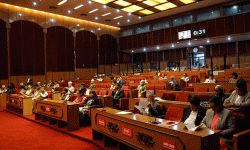

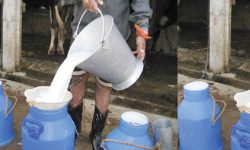
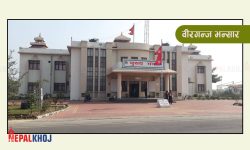
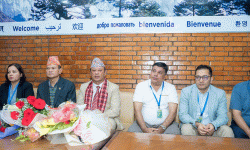

Comments